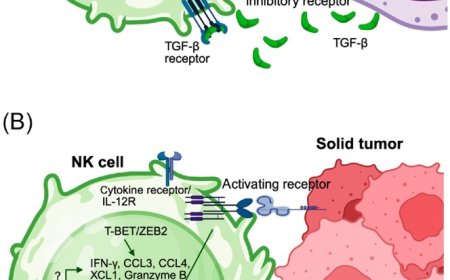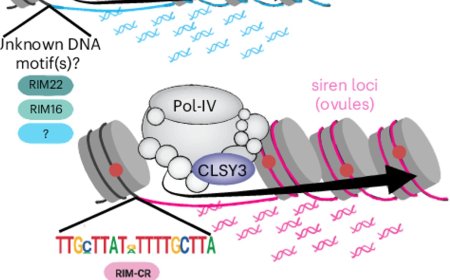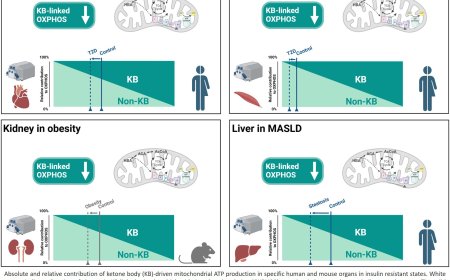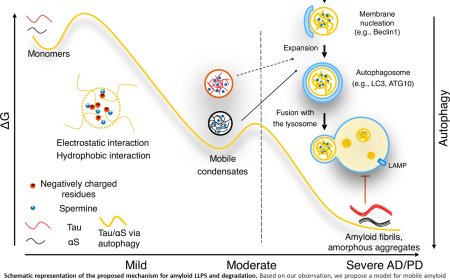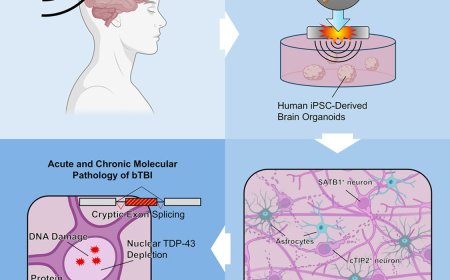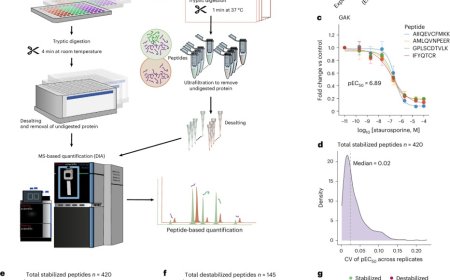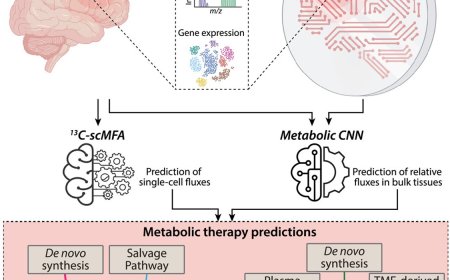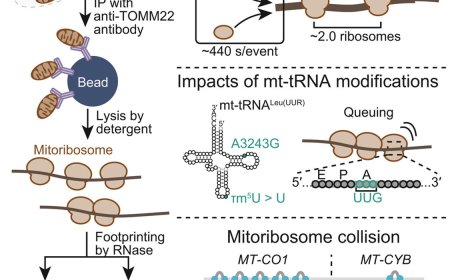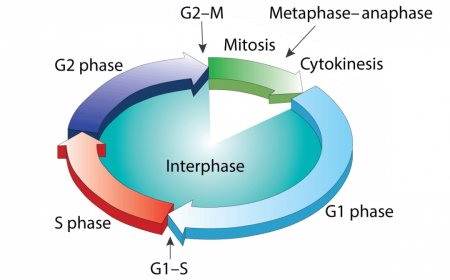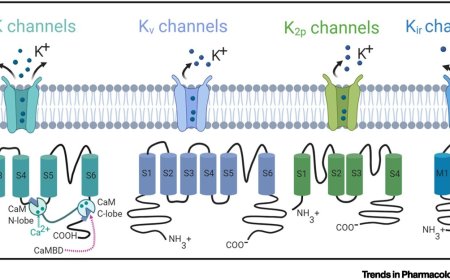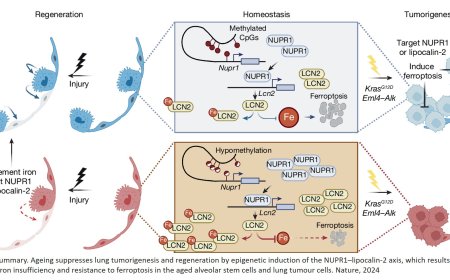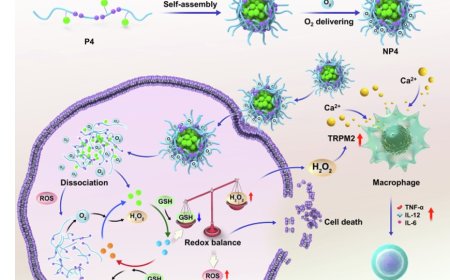A new regulator of migration of triple-negative breast cancer cells
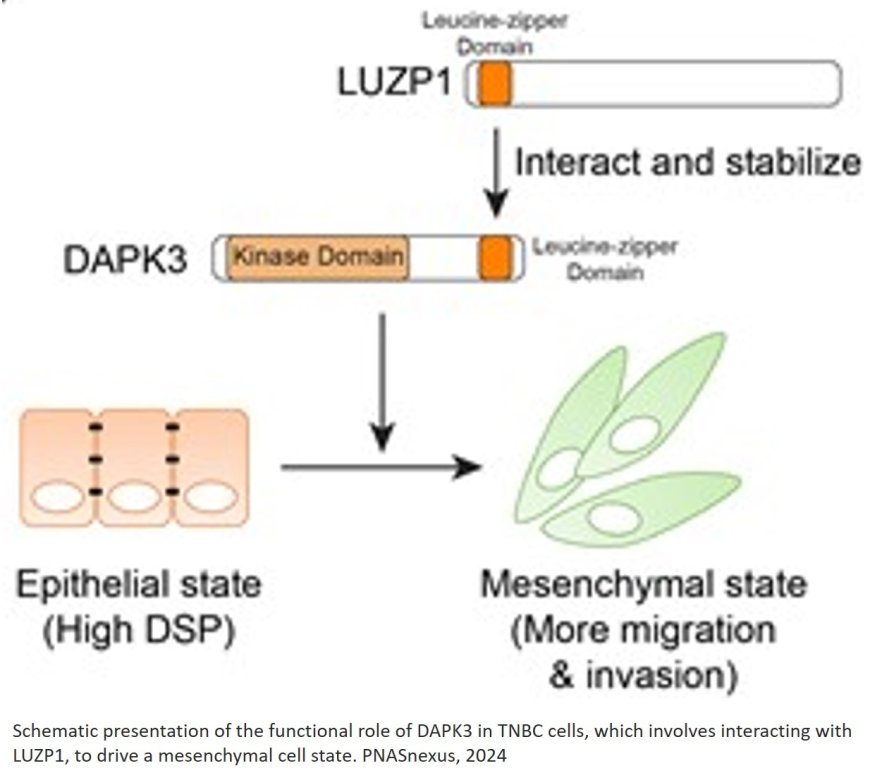
Triple-negative breast cancer (TNBC) is the subtype of breast cancer that is the hardest to treat. TNBC patients account for more than 20,000 cases of this condition annually in the U.S. alone. They experience worse outcomes than patients with other breast cancer subtypes – their five-year mortality rate is about 40%. The high mortality rate is thought to result from the propensity of the cancer cells to spread or metastasize to other organs and the lack of effective cancer-specific therapies.
“In this study, published in PNAS Nexus, we searched for enzymes called kinases, whose expression is typically altered in cancer,” said the first author of the work.
Previous studies in the lab have shown that targeting kinases can be effective therapeutically in other cancers. There are many inhibitors of these enzymes that are already approved by the Food and Drug Administration for human use that could be tested for their potential therapeutic value in TNBC. “The challenge was to identify the kinase among hundreds of kinases in TNBC cells that could potentially give us an upper hand against this cancer,” the author said.
The researchers used a laboratory method they had previously developed, called kinase inhibitor pull-down assay (KIPA), that significantly speeds up the process of kinase identification among hundreds of potential candidates.
Working with 16 patient-derived xenografts (PDXs), human breast cancer tumors grown in immune-compromised mouse models, the team used KIPA to search for kinases whose amount was significantly altered in TNBC, compared to normal cells. “We found that TNBC cells have more of the kinase called Death-Associated Protein Kinase 3 (DAPK3),” the author said. “We confirmed this finding in TBNC cell lines and in tumors.”
It's important to highlight that while the protein levels of DAPK3 were higher than normal in TNBC, the levels of its precursor mRNA were not. The mRNA molecule carries the genetic sequence of the DAPK3 gene and is used by the cell to synthesize the protein. “Many studies only rely of mRNA data to assess what proteins are produced by cells,” the author explained. “If we had just looked into mRNA and not the protein levels in TNBC, we would have missed that the DAPK3 protein is overproduced in this cancer and deserves further attention.”
Further studies showed that eliminating the DAPK3 protein by knocking out the DAPK3 gene did not affect cancer cell growth; however, it prevented migration and invasion of TNBC cells in laboratory experiments. When TNBC cells with the DAPK3 gene knocked out were grown as tumors in immune-compromised mice, no significant effect on tumor metastases was observed. Additional modeling of metastases is needed to provide a definite result.
The researchers also gained new insights into how DAPK3 mediates its migration-promoting effects. “We found that DAPK3 reduces the levels of desmoplakin (DSP), a protein that is involved in regulating cell adhesion, which is related to a cell’s ability to migrate,” the author said. “In addition, we discovered that a protein called LUZP1 binds to DAPK3, which protects it from being destroyed by the cell.”
“Altogether, our findings have improved our understanding of what kinases control the spread of TNBC cells,” the senior author said. “We previously thought that a driver of cancer may affect cell proliferation and migration. But we found that in TNBC, DAPK3 does not regulate growth, but controls migration and invasion. Our next steps include conducting additional studies to learn more about how the DAPK3/LUZP1 complex functions to promote TNBC migration and assess its potential value as a therapeutic target.”
https://academic.oup.com/pnasnexus/article/3/9/pgae401/7755709
